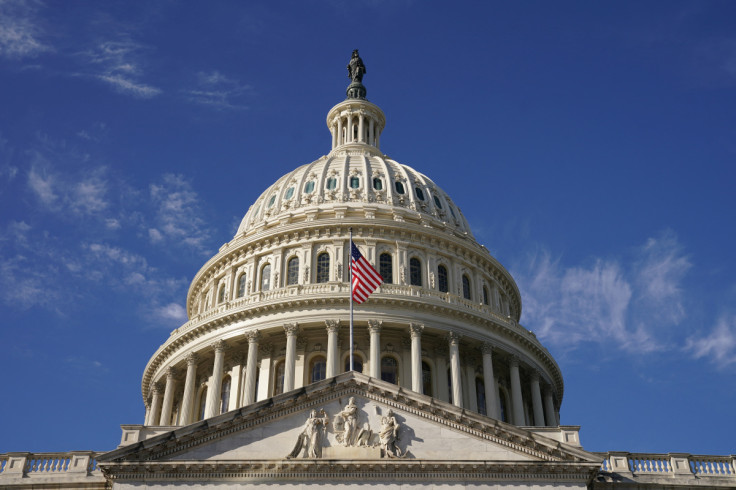
A growing number of Latino U.S. Congressional incumbents and challengers are seeking seats in non-Hispanic majority districts, reflecting the shifting political landscape and how it is becoming increasingly dispersed around the country.
An Axios review of U.S. House races heading into the 2024 election identified at least 10 contests with Latino incumbents or challengers seeking seats in these types of districts, a number that does not include the dozen or so undecided U.S. House primaries in states like Michigan and Wisconsin.
Some of the incumbents running are seeking reelection in states where Latinos are also not the majority.
New Latinos running in November
For instance, freshman Democratic U.S. Reps. Yadira Caraveo is running in Colorado's 31st district, which is 39% Hispanic; Andrea Salinas is running in Oregon's 6th congressional district, which is 21% Hispanic; and Marie Gluesenkamp Perez is seeking to maintain her seat in Washington's 3rd congressional district, which is 11% Hispanic.
Similarly, Democrats are seeking to elect Sam Liccardo, a descendant of original Hispanic California settlers to the state's 16th district. He is facing off against fellow Democrat Evan Low, who is Asian American, in a district where only 20% of the population is Latino, according to Axios.
In Nebraska, Democrat Tony Vargas is seeking to become the state's first Latino member of Congress in a district that is only 13% Hispanic.
The different races showcase the U.S.' growing diversity and how Hispanics have become more dispersed around the country, Axios reports. Growing literature supports this idea.
A 2022 report from the UCLA Latino Policy and Politics Institute compared U.S. Census data from 2000 to 2020, painting a picture of just how much Latinos have changed the American landscape.
In that study, Mexican Americans and Mexican immigrants accounted for the largest share of the U.S. Latinos (59%), but the share of people from South and Central America grew dramatically. For example, there was a 550% increase in the number of Venezuelans living in the U.S. between 2000 and 2020.
But despite growing migrant populations, candidates in non-Hispanic majority districts are still trying to appeal to such demographics.
Hispanic candidates, especially Latinas, have increasingly appealed to non-Latino voters by tailoring their messages to their constituencies, Arturo Vargas, the CEO of the NALEO Educational Fund, told Axios.
"These candidates are not running to be Latino representatives. They are running to be representatives of the communities where they're from," Vargas said.
There's no clear tally of Latinos in Congress, but it's at least 40 in the House. Most current Latino members of Congress come from districts that are 50% or more Hispanic, according to Axios.
© 2025 Latin Times. All rights reserved. Do not reproduce without permission.




